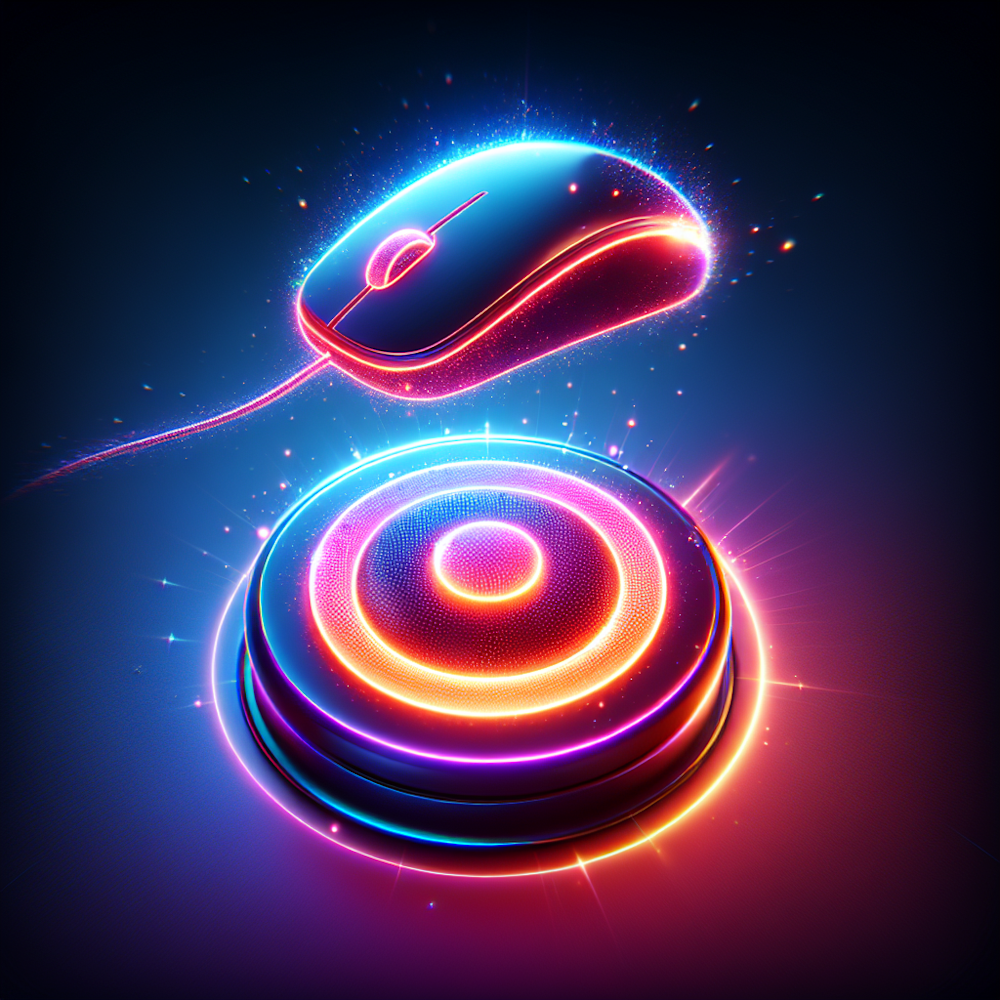Are Glowing Buttons the New Norm?
Button design is taking a turn from traditional flat design to glow effects
UX designers emphasize the importance of adding micro-interactions to website buttons
CSS and SVG filter effects are becoming widespread in creating these glow effects
The glow effects can make a website more visually appealing and useable
Web design is inherently an evolving process, reflecting the trends and technologies of the time, and currently, it seems to be shining a newfound light on glow buttons. Traditionally, button design has been dominated by a flat aesthetic. Known for its simplicity and functionality, this design principle emphasizes minimalism, making use of clean, open spaces, and crisp edges. So why then, are we seeing a shift towards glow effects?
According to UX designers, button design has experienced this transformation mainly due to the magic of micro-interactions. These are subtle design changes that guide users through their site interaction journey, making the experience smoother and more intuitive. One of these interactions is the transformation of buttons when clicked or hovered over, providing not only a visually pleasing element but also a confirmation of action to the user.
Glow effects can indeed add a whole new dimension to the user interface, making them not only visually appealing but highly functional as well. More and more, we are witnessing designers leveraging CSS and SVG filter effects to infuse old strategies with new light, creating glow buttons that are both engaging and effective. Gone are the days when buttons were just flat, utilitarian components. Today’s digital landscape resonates with interactive and dynamic elements that are reshaping the standards of user experience.
Creating these glowing buttons is quite simple once you get the hang of it. The fuelling force behind these glow effects is the CSS box-shadow property which provides a glow-like feeling. The SVG filter effects, on the other hand, offer more sophisticated controls and can simulate more complex interactions.
The surge toward these illuminated buttons is most clearly observed among young, innovative companies seeking to define their brand as fun and imaginative. Yet, even established brands are opting for a more interactive design to humanize their digital interface and pique users' interest.
From a Designer's Perspective
As a web designer, we can't discount the power of trends. They shape our design ethos and guide our creative decisions. Glow button design isn’t exactly a new concept; it has simply been revamped with modern design values. Offering a delightful experience to users while maintaining functionality is a great move in the era dominated by user-centricity.
We've bid adieu to square checkboxes, embraced smoother transitions, and more appealing hover cards with the help of Tailwind CSS, but this certainly doesn't mean future horizons won't hold something even more exciting and appealing. Satiating usability with visual desire was a challenge, a challenge made approachable with glow buttons.
However, it's essential to maintain a balance - overstuffed visuals can distract the user. So keep it sleek, minimalistic and interactive. Remember, the goal is not to showcase your web designing prowess, but to create a seamless user experience.
Indeed, every little effect matters. Employing micro-interactions keeps the user hooked, expectedly so, given that they're no more merely looking for information but an experience. To be truly effective, your designs will need to do more than just look good; they have to feel good, to interact and engage.
In summary, as web designers, we need to evolve and adapt. Change is inevitable, as is growth. Let's embrace them, apply our creativity, and keep on producing mesmerizing web designs, because the world of web design still has much more exciting to offer. Remember, the design is a journey, not a destination.


